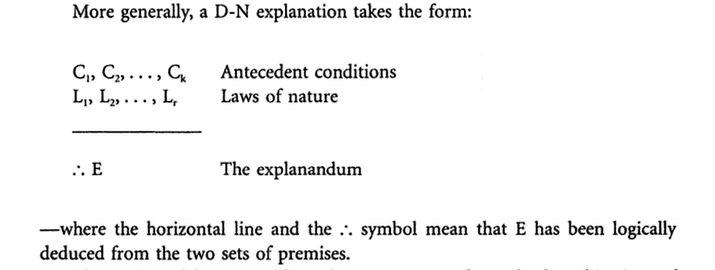No symbol for 'why ?', I'd say for the following reason.
Isn't logic's concern with the structure of propositions (statements, sentences) and predicates, and the relations of contradiction, implication and independence between them, also the valid and fallacious forms of argument (valid in the case e.g. of modus ponens, fallacious in that of affirming the consequent ? 'Why?' is usually an epistemological question rather than a logical one.
In modus ponens, for example :
If p then q
p__________
q
we do not look to logic to explain e.g. 'why p ?'. We look to it to identify p's role in valid or invalid arguments such as the above schema.
See further Michael Gabbay, 'Logic with Added Reasoning', Ontarioo, 2002, Preface & ch. 1.
My indication of logic's concerns at the start is not offered as a full refinement but only as a broad pointer. Refinement can be found in texts such as Gabbay's or Patrick Shaw's 'Logic and its Limits', London, 1981, where in turn more sophisticated texts are listed in the bibliographies.
You also asked about 'what is'. Your example suggests you are thinking of disjunction : 'either it's X or it's Y'. Symbolically : 'V' or 'v' : 'X v Y'. The name of the symbol is 'vel'.
'Or' is ambiguous in logic : there's the inclusive or the exclusive 'or'. So, for example, 'Either X or Y (but not both)'. This is the exclusive use. But 'Either X or Y (or both)' illustrates the inclusive use : it includes both alternatives as possibly being the case. 'Either it's red or it's antique' - inclusive (it could be both). 'Either it's a circle or it's a square' - exclusive (it is one or the other but not both). Your example seems to employ the exclusive 'or' - either it is a car-crash or it is a kid oopping a balloon but not both.
On the inclusive and exclusive uses of 'or' ('V') see Patrick Shaw, 'Logic and its Limits', London, 1981 : 49-51.

